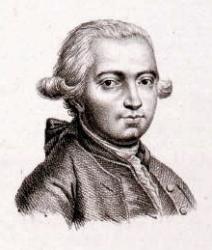1674 - 1737 Author of "Lord, what is man, that he should prove" Rowe, Elizabeth, née Singer, daughter of Walter Singer, an Independent Minister, was born near Frome, Somersetshire, in 1674; married in 1710 to Thomas Rowe, the poet; and died in Feb., 1737. Her works include Friendship in Death; Letters Moral and Entertaining, and Devoute exercises of the Heart (which was revised and published by Dr. Watts). Her Miscellaneous Works in Prose and Verse, which included some of her husband's poems, together with her Hymns and Versions of Psalms, was published posthumously in 1739.
--John Julian, Dictionary of Hymnology (1907)
=======================
Rowe, Elizabeth, p. 925, i. From Mrs. Rowe's Miscellaneous Works, &c, 1739, the following hymns are taken:—
1. Begin the high celestial strain. Praise to God.
2. Lord, what is man that he should prove? The Love of God.
3. The glorious armies of the sky. Praise to God.
4. To Thee, O God, my prayer ascends. God our Joy.
For full biographical details, see the Biog. Britannia, v., or, Supplement of the Gospel Magazine, 1770,
--John Julian, Dictionary of Hymnology, Appendix, Part II (1907)
Elizabeth Singer Rowe


 My Starred Hymns
My Starred Hymns


